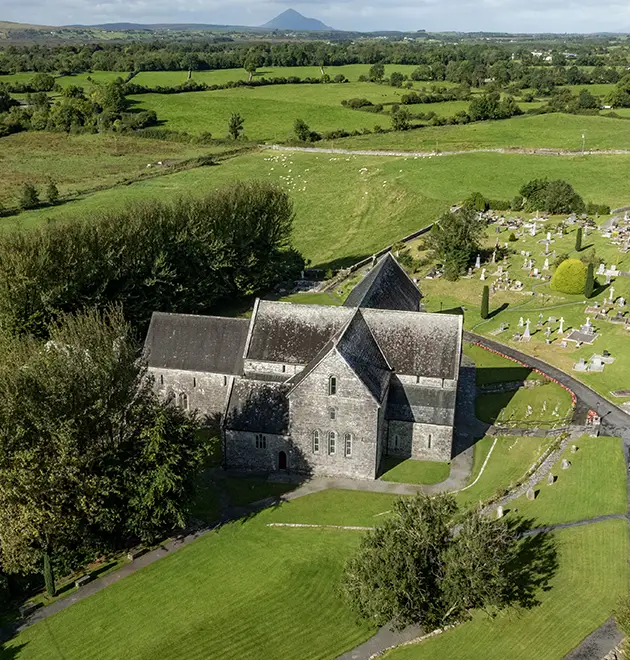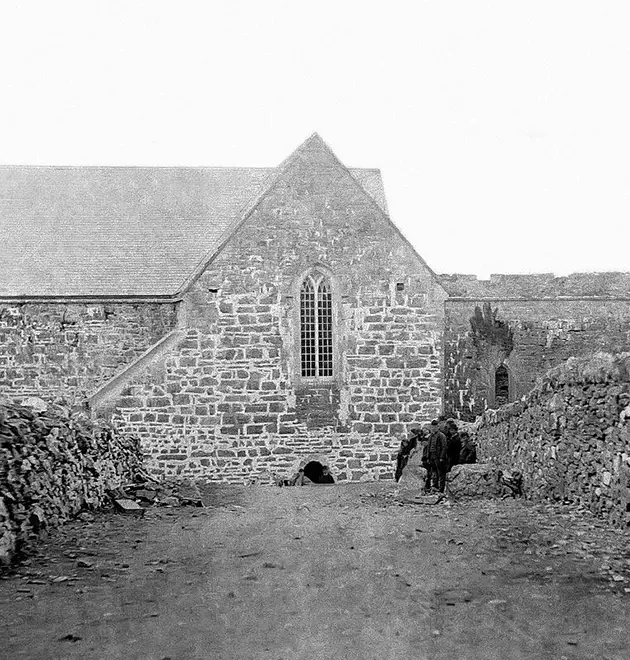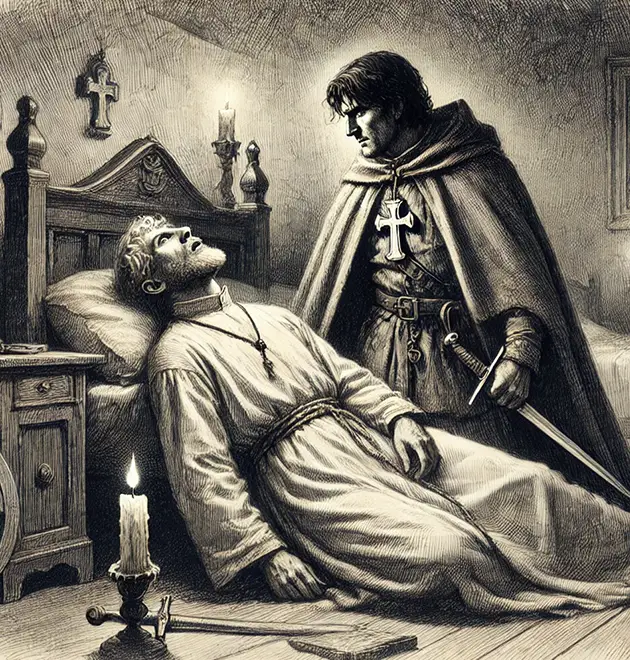Church Island
Oilean na Scríne
Church Island
Church Island or Oilean na Scríne- Shrine Island lies at the North West of Lough Carra. Legends says that kings are buried here, probably the kings of Partree, one of the ancient kingdoms of Ireland. It was perhaps also a sacred place in pagan times. It came into the possession of Ballintubber Abbey in 1992.
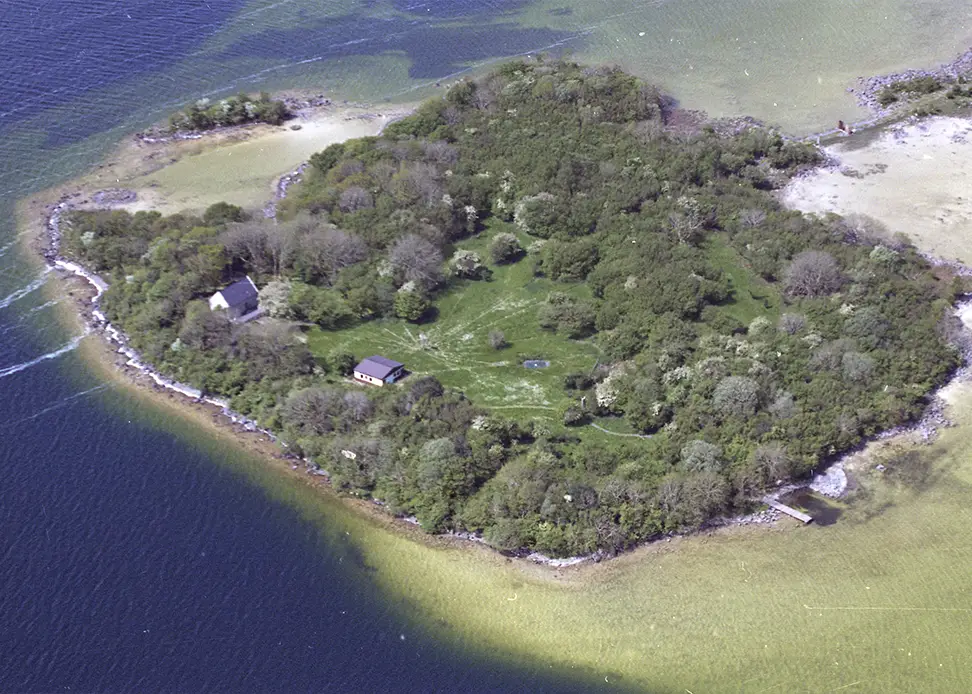
A Place of Contemplation
The 14th century church of Church Island has been restored and serves as a centre of retreat, prayer and contemplation. Mass is also celebrated there on the black oak altar, a symbolic tree which grew in the area over 9,000 years ago.
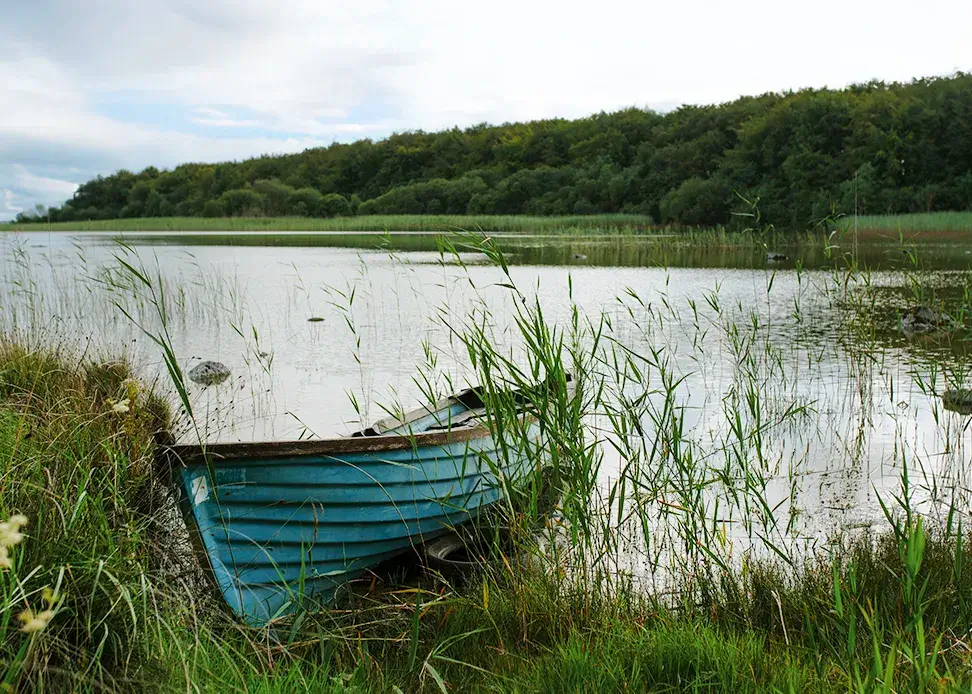
Experience Ballintubber Abbey
Journey through time and faith at Ballintubber Abbey. Explore its captivating history and architecture on a guided tour, or embrace serenity on a pilgrimage walk, connecting with centuries of tradition.
Find Out More
History of Ballintubber
Whispers through the centuries… Ballintubber Abbey has witnessed history unfold. From royal connections to pirate legends, uncover the hidden stories etched within its ancient stones.
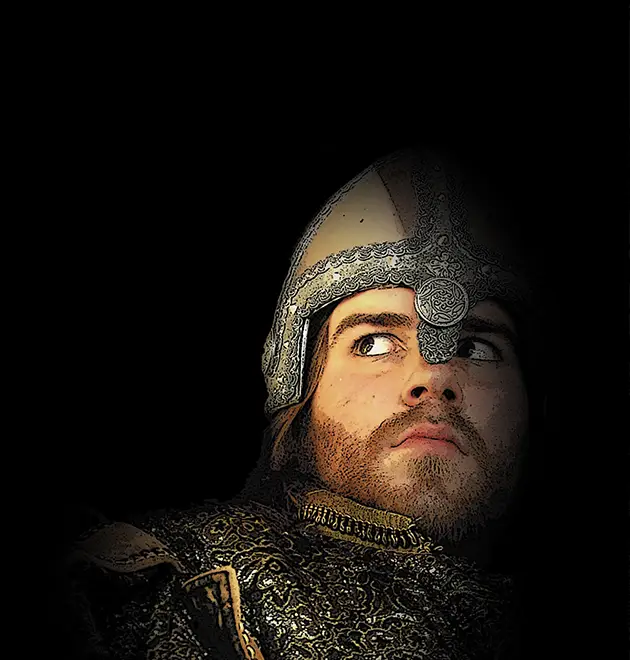
Tibóid Ne Long Bourke
Find out about how the son of Grace O’Malley came to his final resting place in Ballintubber
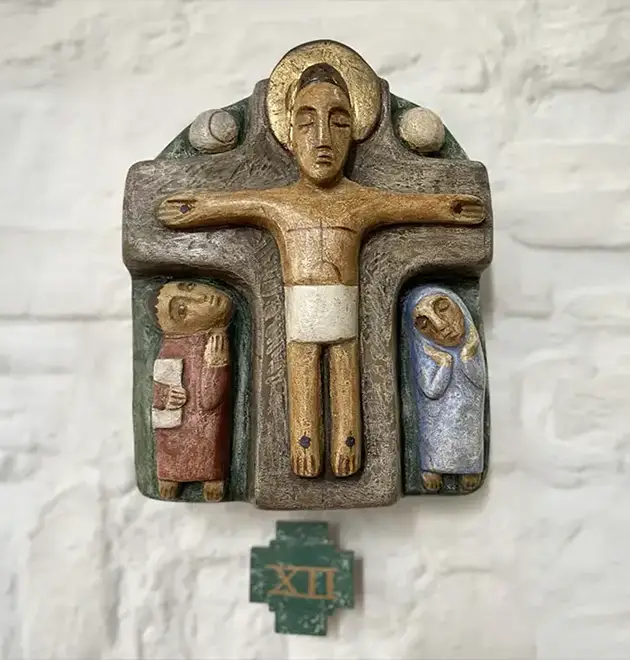
Stations of the Cross
Created in 1972 for Ballintubber Abbey, by renowned sculptor Imogen Stuart.
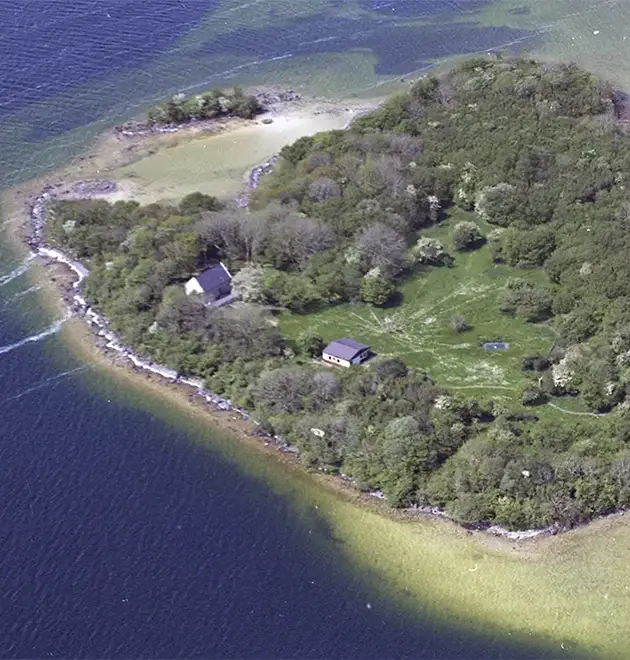
Church Island
Church Island or Oilean na Scríne- Shrine Island lies at the North West of Lough Carra.
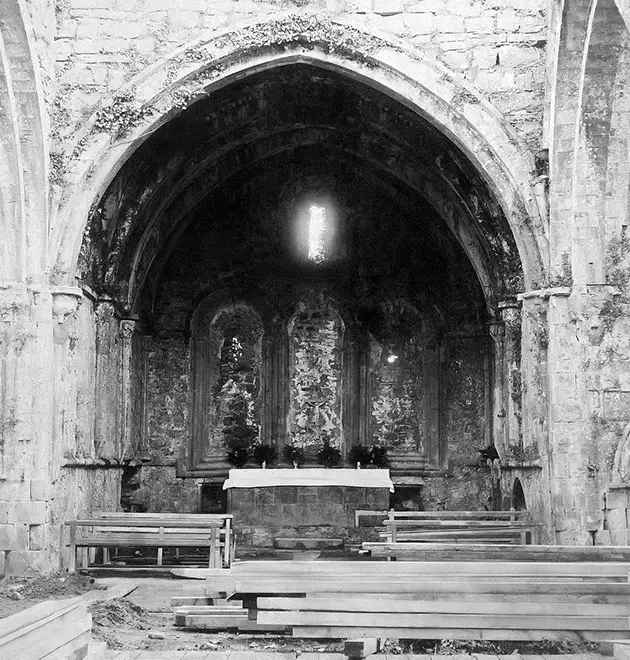
Burning Suppression
How fire and suppression could not defeat the “Abbey that wouldn’t die”.

